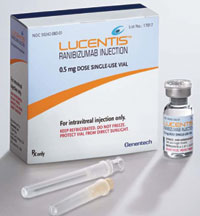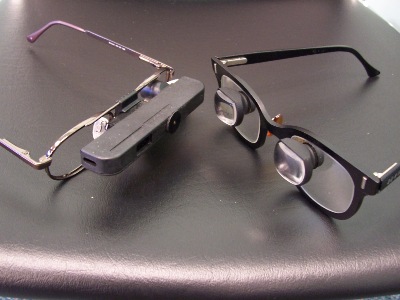Sports Vision: A Growing Optometric Specialty
“Vision is the trigger mechanism controlling the athlete’s first move.” – Martin WF: What the coach should know about the vision of athletes “If an athlete is not visually fit, he is certainly not physically fit.” – Garner AI: Visual aid prescribing for the athlete The two statements above were reiterated in a must-read article titled “Overview […]
Sports Vision: A Growing Optometric Specialty Read More »





